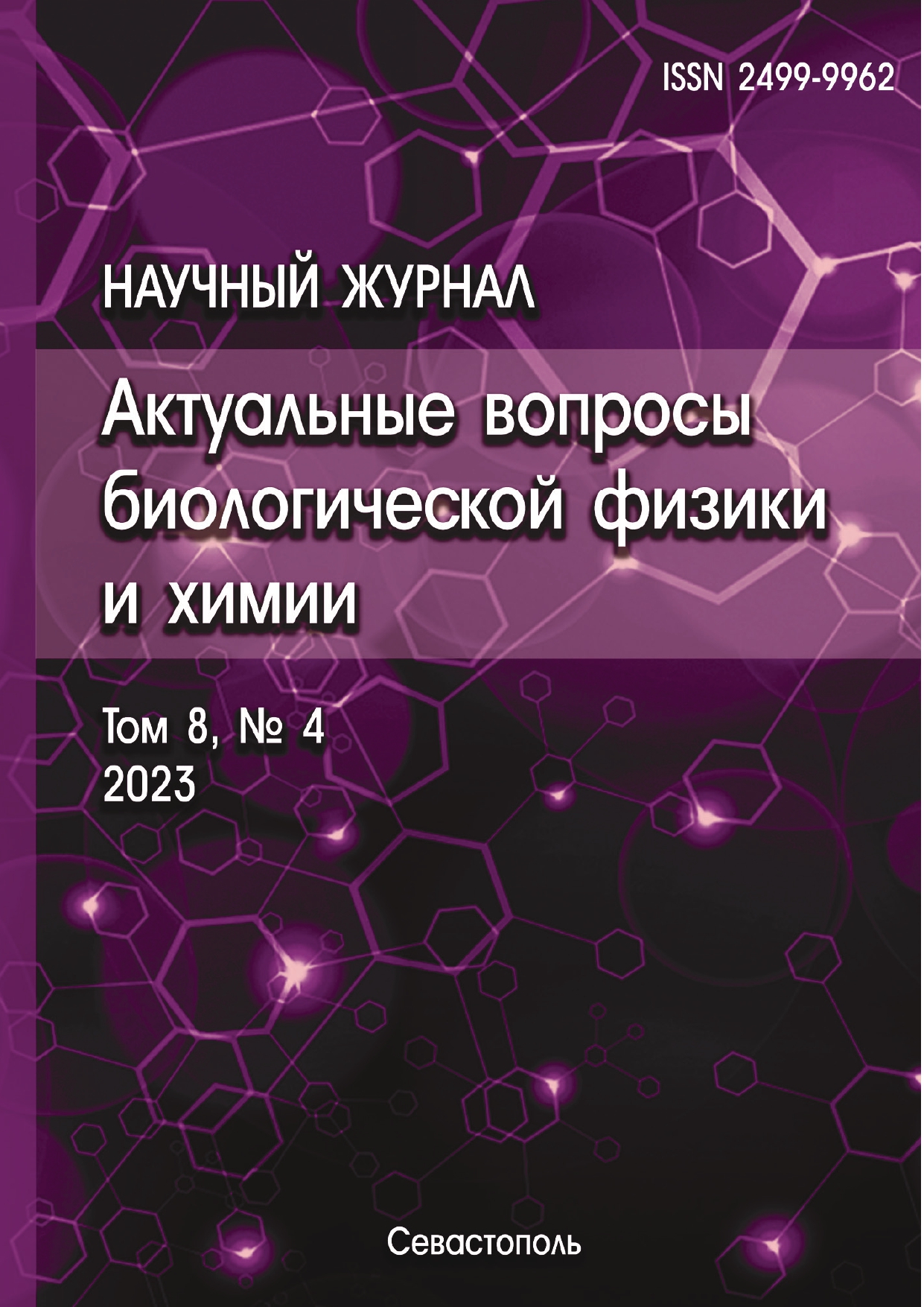Sevastopol, Sevastopol, Russian Federation
Sevastopol, Sevastopol, Russian Federation
This paper provides a means of analysing a four-component system using a model consistent with the theory of interceptor-protector action. The given model is a further development of already well-studied three-component systems and was previously demonstrated without a symbolic and graphical solution. Elements of the theory present a complete analytical algorithm that can potentially be applied to any system of DNA-specific mixtures of aromatic drugs; components that inhibit the deleterious effects of noxious agents that interfere with biologically relevant molecular interactions, or conversely, inhibitors of catalytic agents. Such analytical models are important in the context of designing new drugs to regulate their efficacy and targeting. For the purposes of this article, the fourth component of the system is considered to be specific to the interceptor/protector in a three-component system, acting as a regulator of the inhibitory activity of the third component, with any interaction with the other two components being completely ignored. A full graphical representation of the model is given only for the extreme cases where the affinity to the fourth component is either completely absent or infinite. The qualitative analysis of the graph of the real four-component system is carried out by tracking the proximity of the experimental points to one of the previously mentioned graphs.
theory of interceptor-protector action, four-component molecular complexation model, hetero-association, equilibrium constant, inhibition
1. Salahudeen M.S., Nishtala P.S. An overview of pharmacodynamic modelling, ligand-binding approach and its application in clinical practice. Saudi Pharm J., 2017, vol. 25, iss. 2, pp. 165-175.
2. Evstigneev M.P. The theory of interceptor-protector action of DNA binding drugs. Progress in Biophysics and Molecular Biology, 2019, vol. 149, pp. 131-146. DOI: https://doi.org/10.1016/j.pbiomolbio.2019.04.003; EDN: https://elibrary.ru/JNXRWJ
3. Evstigneev M.P. Physicochemical mechanisms of synergistic biological action of combinations of aromatic heterocyclic compounds. Organic Chemistry International, 2013, vol. 2013.
4. Salo V.A. et al. Interceptor potential of C60 fullerene aqueous solution: a comparative analysis using the example of the antitumor antibiotic mitoxantrone. European Biophysics Journal, 2022, vol. 51, no. 3, pp. 297-307.










